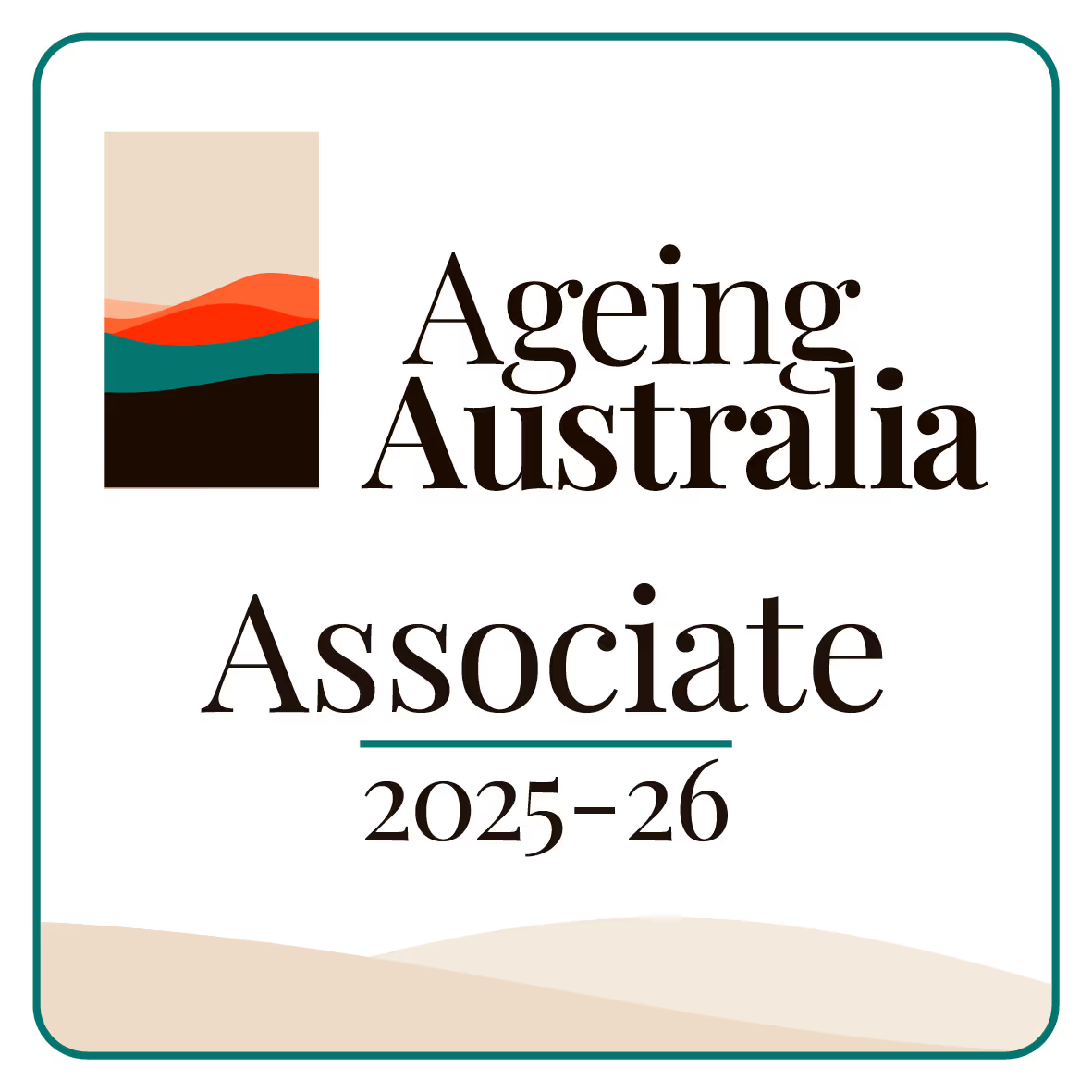Keeping people safe in aged care is not just about spotting problems. It is about writing things down the right way, every time. That is where risk documentation steps in. It is the quiet worker behind the scenes that helps keep the wheels turning smoothly. You might not hear it make a fuss, but if it goes missing or is done poorly, things can quickly unravel.
In this blog, we will walk you through how to handle risk documentation in aged care so you can stay prepared, meet your legal responsibilities, and support your care team without pulling your hair out.
What Is Risk Documentation, Really?
Let us keep it simple. Risk documentation is the process of writing down anything that might harm someone in your aged care facility. That could be something that already happened—like a fall—or something that might happen, like a slippery floor near the kitchen.
It includes the forms you fill out, the logs you keep, and the records you store. This paperwork (yes, even the digital kind) creates a trail that helps staff know what went wrong, what could go wrong, and what to do about it.
Think of it like breadcrumbs through the forest. If something happens, you want to be able to retrace your steps.
Why Bother With Risk Documentation?
You might think, “We already know the risks—we talk about them all the time.” Talking is good. But writing them down is better.
Here is why it matters:
- It helps prevent mistakes from happening again.
- It shows regulators that you are doing things by the book.
- It protects residents, staff, and even the organisation.
- It creates clear instructions for others to follow.
- It supports training and safety planning.
Basically, if it is not written down, it might as well not exist. You want proof, not just memories.
.png)
The Must-Have Documents in Aged Care
There is no shortage of paperwork in aged care, but when it comes to risk, a few forms matter more than others. Here are the big players you need to know:
1. Risk Assessment Forms
These are your first line of defence. They help you spot and write down possible risks before they become real problems.
Common risks might include:
- Resident mobility issues
- Unsafe furniture or equipment
- Environmental hazards like wet floors or poor lighting
- Medication handling
Make sure these forms are clear and filled out as soon as a risk is found. No guesswork. Just facts.
2. Incident Logs
This is where you document anything that has already happened. From minor bumps to major injuries, everything goes in here.
What should you include?
- Date and time
- Who was involved
- What exactly happened
- Who witnessed it
- What actions were taken afterwards
Avoid vague words like “had a fall.” Say, “Resident slipped in hallway outside dining room at 4:35 PM. No visible injuries. Observed by staff member Jane Brown.”
3. Aged Care Forms for Follow-Up
Risks do not stop once you write them down. You need forms for:
- Post-incident reviews
- Care plan updates
- Staff meetings or handovers
- Family communication records
Follow-up is where the magic happens. It is not just about spotting problems—it is about making things better after something goes wrong.
4. Compliance Records
These documents show that your team is following legal and safety rules. They cover things like:
- Safety inspections
- Training logs
- Equipment checks
- Emergency drills
Think of compliance records like receipts. They prove you are not just saying the right things—you are actually doing them.
The Golden Rules for Writing It All Down
Be Clear
Do not beat around the bush. Use plain language. Stick to what you saw, heard, or did.
Bad: “Resident was agitated.”
Better: “Resident raised voice and paced hallway for 20 minutes after lunch.”
Be Consistent
Use the same language and format across the board. That way, anyone reading it knows what to expect and can understand it quickly.
If you are using digital forms, check that all staff know how to fill them out the same way. One person using “N/A” and another using “None” can cause confusion later.
Be Quick About It
Do not wait until the end of your shift to write things down. The longer you wait, the fuzzier the details get. Try to record risks and incidents as soon as you safely can.
Waiting too long is like trying to remember what you ate for breakfast last Tuesday. Good luck with that.
.png)
How to Keep It All Organised
Let us be honest—risk documentation can pile up fast. That is why it is important to keep things tidy.
Here are some tips:
- Have a central spot for all physical documents. Do not let them float around on desks or get buried under coffee cups.
- Use labels or categories—physical or digital—to group documents by date, resident, or risk type.
- Set reminders for follow-up actions or document reviews.
- Store records safely, with clear access rules. Only people who need to see sensitive info should have access to it.
Remember: a messy folder is a missed risk waiting to happen.
Training Staff to Do It Right
Writing things down might seem like second nature, but it is not always second nature to everyone.
Make time to train your staff on:
- What to write
- When to write it
- Where to file it
- How to handle sensitive information
Practice helps. You could even role-play a fake incident just to give everyone a chance to walk through the process.
Also, make space for questions. It is better to answer them early than fix mistakes later.
Common Mistakes (And How to Dodge Them)
Even with the best intentions, things can go sideways. Here are a few common slip-ups to look out for:
1. Missing Details
Leaving out small things can lead to big problems. Always ask: who, what, when, where, why, and how.
2. Emotional Language
Stick to facts. “Resident was being difficult” does not help. “Resident refused evening medication and raised voice at 6:15 PM” is much clearer.
3. Forgetting to Follow Up
Writing it down is step one. Checking back later to see if the issue is fixed—that is just as important.
4. Skipping Daily Safety Checks
Regular checks mean fewer surprises. Document your checks so you have proof they happened, even on the busiest days.
.png)
Why This Matters to Everyone
Risk documentation is not just a paper trail. It is a safety net for your residents and a lifeline for your staff.
When things go wrong—and sometimes they will—you want to know exactly what happened and how to fix it. That starts with writing it all down, clearly and completely.
And let us be honest, no one wants to explain to an auditor that they “sort of remember” what happened. A solid form beats a fuzzy memory any day of the week.
Final Thoughts
You already have one of the hardest jobs out there—caring for older people with kindness and patience every day. Let good documentation take one weight off your shoulders.
If you can get your risk documentation in aged care sorted, you will sleep a bit easier at night knowing that your team, your residents, and your records are all working together.
And remember: if in doubt, write it down.










